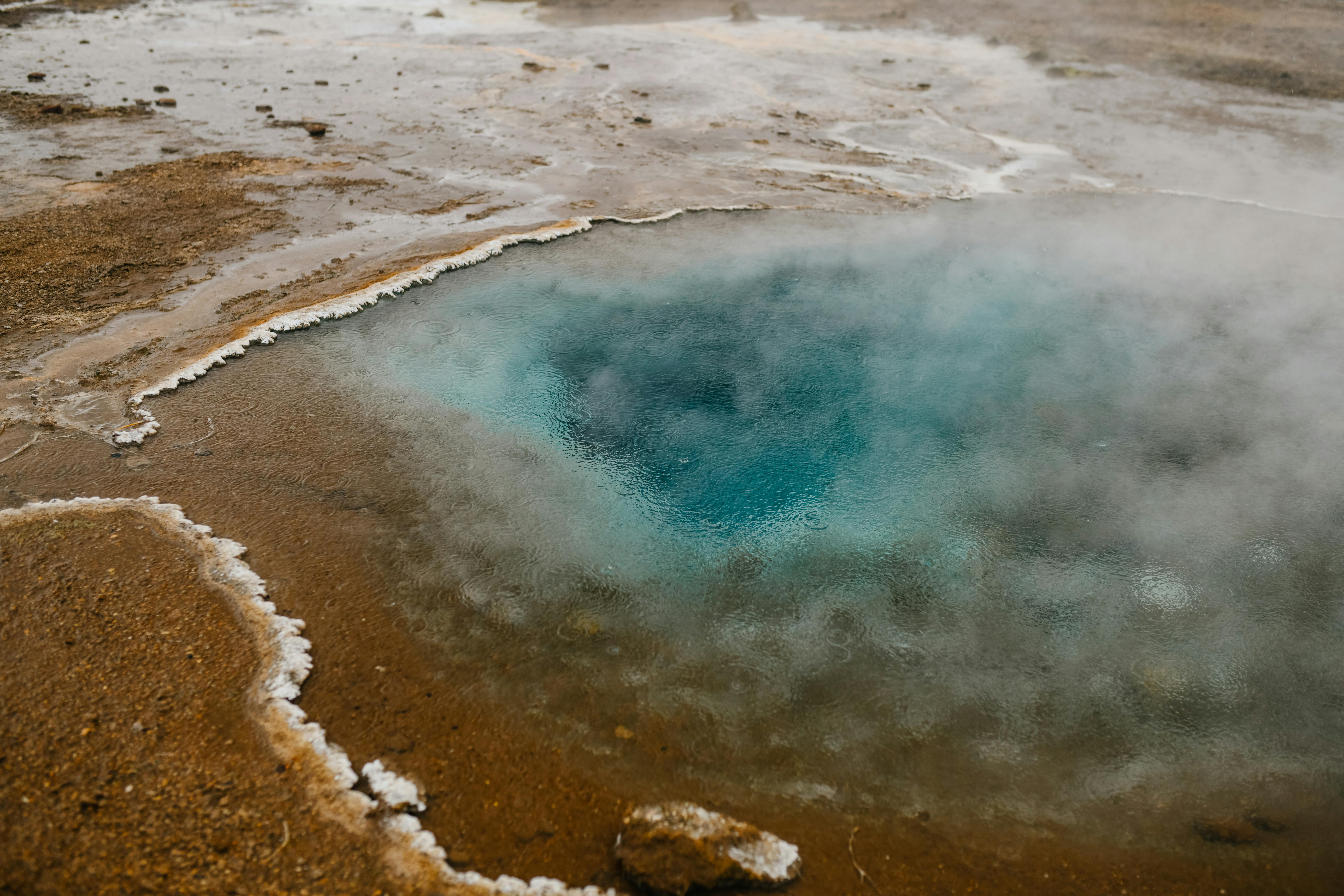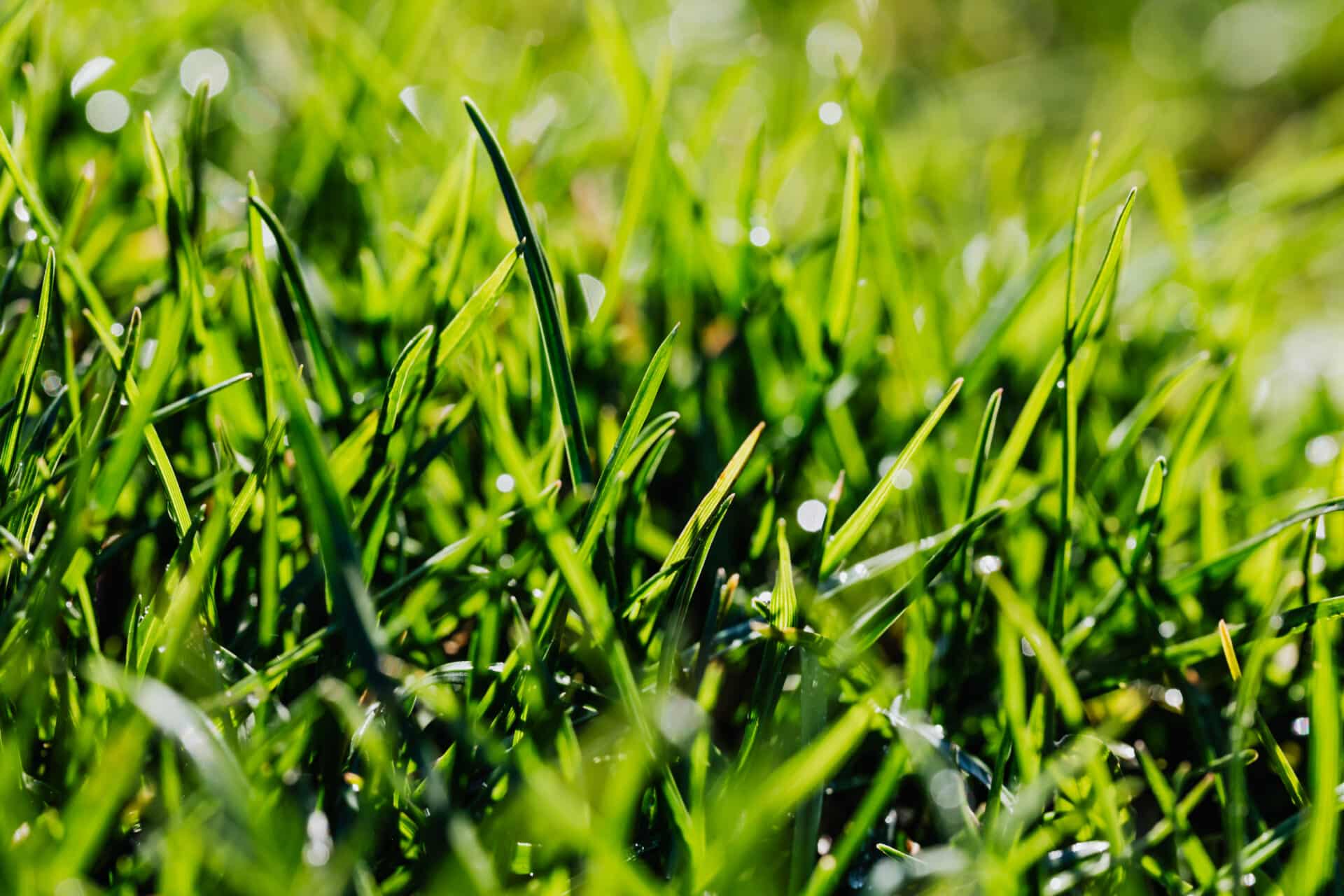Distilled water is a type of purified water that has had both impurities and minerals removed. It is typically made using a distillation process that involves boiling the water and then condensing the steam into a clean container. Making distilled water from spring water is a relatively simple process that can be done at home. With the right equipment, you can create your own distilled water in just a few hours. In this article, we will discuss the steps for making distilled water from spring water.Distilled water is water that has been heated to its boiling point, and then cooled so that impurities are removed. The result is pure, clean water that is free from minerals, salts, and other contaminants. Distilled water is often used in medical and laboratory settings for its purity and lack of contaminants. It can also be used for drinking, but many people prefer the taste of filtered or purified water instead.
Why Distill Spring Water?
Distilled spring water is considered to be one of the purest forms of drinking water available. It is free from contaminants, chemicals, and pollutants that can be found in other types of water. This makes it a healthier option for those looking for cleaner and safer drinking water. Distilling spring water also eliminates the need for additional filtration systems or additives, which can be costly and time-consuming. Additionally, distilling spring water can help to reduce the risk of diseases caused by consuming contaminated water, such as cholera or dysentery. Finally, distilling spring water helps to conserve natural resources by eliminating the need to use unnecessary amounts of natural resources for purification processes.
Distilling spring water is a simple process that involves boiling the water until it evaporates into steam and then condensing it back into liquid form. This process removes all impurities from the liquid and leaves only pure, clean drinking water behind. The result is a refreshingly crisp and clean tasting beverage that is free from contaminants and pollutants. The distillation process also eliminates any unpleasant odors or tastes that may be present in untreated or filtered tap water
Benefits of Distilled Water
Distilled water has many benefits that can improve your health and lifestyle. It is one of the purest forms of water available, as it is free from contaminants such as bacteria, viruses, metals and minerals. This makes it an ideal choice for drinking, cooking or even bathing in. Distilled water also has a neutral pH level, so it can help to balance out your body’s acidic levels.
One of the main benefits of distilled water is that it helps to flush out toxins from your body. As it does not contain any added minerals or chemicals, these toxins are easily eliminated from the body. This can help improve your overall health and wellbeing as well as reduce bloating and digestive issues. Another benefit of drinking distilled water is that it can help to reduce your risk of certain health conditions such as kidney stones or urinary tract infections.
In addition to these health benefits, distilled water can also be used for household purposes such as cleaning surfaces and washing dishes. This type of water does not contain any minerals or chemicals which could potentially damage surfaces or leave behind a residue on dishes and utensils. Distilled
Required Materials to Make Distilled Water from Spring Water
Making distilled water from spring water is a simple process that requires just a few materials. To get started, you will need a large pot or pan, a smaller bowl or container, and some ice. You will also need a thermometer or some other means of measuring temperature, as well as something to stir the water with. Finally, you will need access to a reliable source of spring water. Once you have these items in place, you are ready to begin the process of distillation.
The process of distillation involves boiling the spring water and then collecting the steam that forms when it cools. As the steam rises from the pot or pan, it will form droplets that can be collected in the smaller bowl or container. This process removes any impurities in the water, resulting in pure distilled water. It is important to keep track of the temperature during this process, as too high of temperatures can cause damage to your equipment and result in subpar distilled water.
Once you have collected enough distilled water for your needs, it is important to store it properly.
What is Spring Water?
Spring water is a type of natural water that originates from an underground aquifer or a natural spring. This type of water is often considered to be pure and free from pollutants, as it has been filtered naturally through the ground. Spring water is also known to contain many minerals, such as calcium and magnesium, which can be beneficial for health.
Why Make Distilled Water?
Making distilled water from spring water can be helpful for those who want to remove any potential impurities or contaminants that may be present in the source water. It can also reduce the amount of minerals present in the water, making it more suitable for certain applications such as aquariums, car batteries, and steam irons. Distilling spring water can also help to concentrate minerals in the distilled product, making it a great choice for drinking.
Step-by-Step Guide to Making Distilled Water From Spring Water
In order to make distilled water from spring water, you will need a few items: a heat

1. Use Quality Water Source
To make the best quality of distilled water, it is important to start with a quality water source. This could be tap water, spring water, or another form of filtered water. It should also be free from any contaminants like bacteria, minerals, or other organic material. If you are not sure about the quality of the source water, it is best to have it tested before using it for distillation.
2. Follow Distillation Process Instructions
When distilling the water, it is important to follow the instructions provided by the manufacturer. This will ensure that all contaminants are removed and the end product is safe for consumption. Make sure to use clean bottles or containers for storing and collecting the distilled water as well.
3. Monitor Temperature
It is essential to monitor the temperature during the distillation process in order to make sure that all contaminants are removed from the water. If the temperature goes too high or too low, then some contaminants may not be completely removed from the source water. It
Cleaning and Maintaining Your Distillation Equipment
It is essential to regularly clean and maintain your distillation equipment to ensure it functions correctly. This will help to avoid potential issues such as contamination of the product, or corrosion of the equipment itself. Regular maintenance and cleaning can also help to prolong the life of your distillation equipment.
When cleaning your distillation equipment, it is important to use an appropriate cleaner that is safe and effective for the material of the equipment. Care must be taken not to damage any seals or gaskets during cleaning, as this can cause leaks or other issues.
When maintaining your distillation equipment, it is important to regularly check for signs of wear or damage and replace any components that may be worn out or broken. This will help to ensure that your distillation process is running efficiently and safely. It is also important to check for any blockages in the system, as these can cause issues with the flow rate or pressure of the distillate.
Finally, it is important to store your distillation equipment properly when not in use. This will help to ensure that no dust
Storing Your Distilled Water Safely
When it comes to storing distilled water, there are certain steps you should take in order to ensure that it stays safe and free of contaminants. First, it is important to store the distilled water in a clean, airtight container. This will help keep out any microbes that may be present in the air, as well as any dust or other particles that could contaminate the water. It is also important to store the container away from direct sunlight and heat sources, as this can cause bacteria to grow in the water. Additionally, make sure to change the container periodically and use only fresh distilled water for drinking or cooking.
In addition to using a clean container for storage, it is important to ensure that any containers you use for distilled water are labeled properly. This will allow you to easily identify which containers contain distilled water and which contain regular tap water. Additionally, if you are storing large amounts of distilled water for long-term use, be sure to check on it regularly and discard any expired containers. Finally, never re-use a previously used container for storing distilled water – always use a new one each time.
Conclusion
Distilling your own water is a great way to ensure you have access to clean, pure water. It is not difficult and does not require much equipment or expertise. The process of distilling water from spring water involves boiling the water in a pot or container and then condensing the steam into another container. This leaves behind contaminants and minerals, resulting in distilled water that is safe for drinking. With some patience and a few simple steps, anyone can make distilled water from spring water safely and easily at home.
By distilling your own water, you can ensure that you are getting the best-quality, cleanest drinking water available. This can provide many health benefits as well as peace of mind that your family is drinking safe, healthy water. Making distilled water from springwater is relatively simple and requires minimal equipment or skills. With this knowledge, you are now equipped to make your own supply of distilled springwater whenever you need it.

